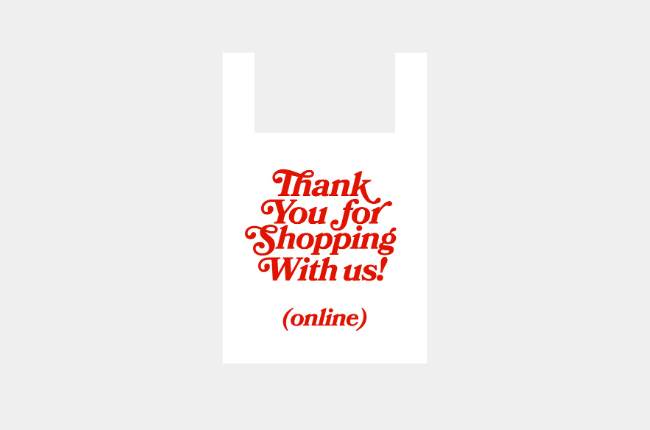Like so much else in the world in 2021, creativity has been noticeably altered by the shared experience of the pandemic. Beyond evolving design trends, our creative mindset changed in many ways due to the quarantine, from strains to our mental and physical health, increased screen time and more.
So, as we near the prospects of a return to an open world, it’s important to take stock of our individual creativity and our thinking has been impacted. We do this both to push our creative ideas further and to ensure we empower innovation and unique ideas with our creative process.

Related: Triple Bottom Line Marketing: Trend or Illusion?
Individual Creativity in Personal Experiences
First, it’s important to recognize that the pandemic is a radical experiment in shared experience for the entire world; yet, individual reactions and stories are very different. Whether it’s a pandemic-related marketing idea or innovation, you have to dive deeper than the broad strokes of quarantine. If you don’t, your idea may not be relatable to your audience and might not be that unique, as seen with the multitude of corporate ads around COVID-19 responses below. Your creativity mindset must be one of deep-diving, great effort and pushing creative ideas beyond the mundane and general to give way to extraordinary things and true connections.
What does this mean for your mindset and creative thinking? Every new idea must go through a filter: does this relate to me or my audience? A concept may feel innovative and new, but that could just be your personal bias misdirecting your creative thought process. If you’re coming up with an advertising campaign, this is the perfect time to go back to the brief. What information or data do you have that tells you the idea is right for the target audience?
Finding Curiosity in Uncertain Times
Next, it’s time to accept creative uncertainty. We don’t know the full effects of the past year on everything from what the office will look like to how we handle stress and small social interactions. Creativity has a foundation in human interaction to the environment, but when we don’t know what that will look like, we have to shy away from staying in a fixed mindset and remain flexible in our ideas. Embrace curiosity in your creative thinking.
Will a Zoom joke in a commercial be as funny in 6 months on the air?
How will social content change when everything reopens?
What will our relationship with technology look like when we can do more than sit at home?
What human truths have stayed the same vs what have been forever altered?
Reenter the world with an open mind.
Personal Creativity in Uncreative Moments
Finally, a note on trauma and creativity. It’s long been a trope that dark times inspire the best creative. But this is a toxic notion that puts undue burden on creatives to use moments in their life for a marketing campaign or idea when they may not want to. During these times, a narrative that centers creative potential above all else puts pressure on those to create the next innovative idea without regards to their emotional capacity and ability to create. Hannah Gadsby talks about this burden of creativity in times of suffering in Nanette and her conversation with Conan O’Brien — a great recommendation to explore your own creative work in the context of personal well-being. Your experience with the pandemic is yours. If you want to tap into it for personal creativity or separate it to handle as you want, the choice is yours — not anyone else’s.
Looking to revisit your post-pandemic creative? Reach out to our creative experts and let’s talk.



